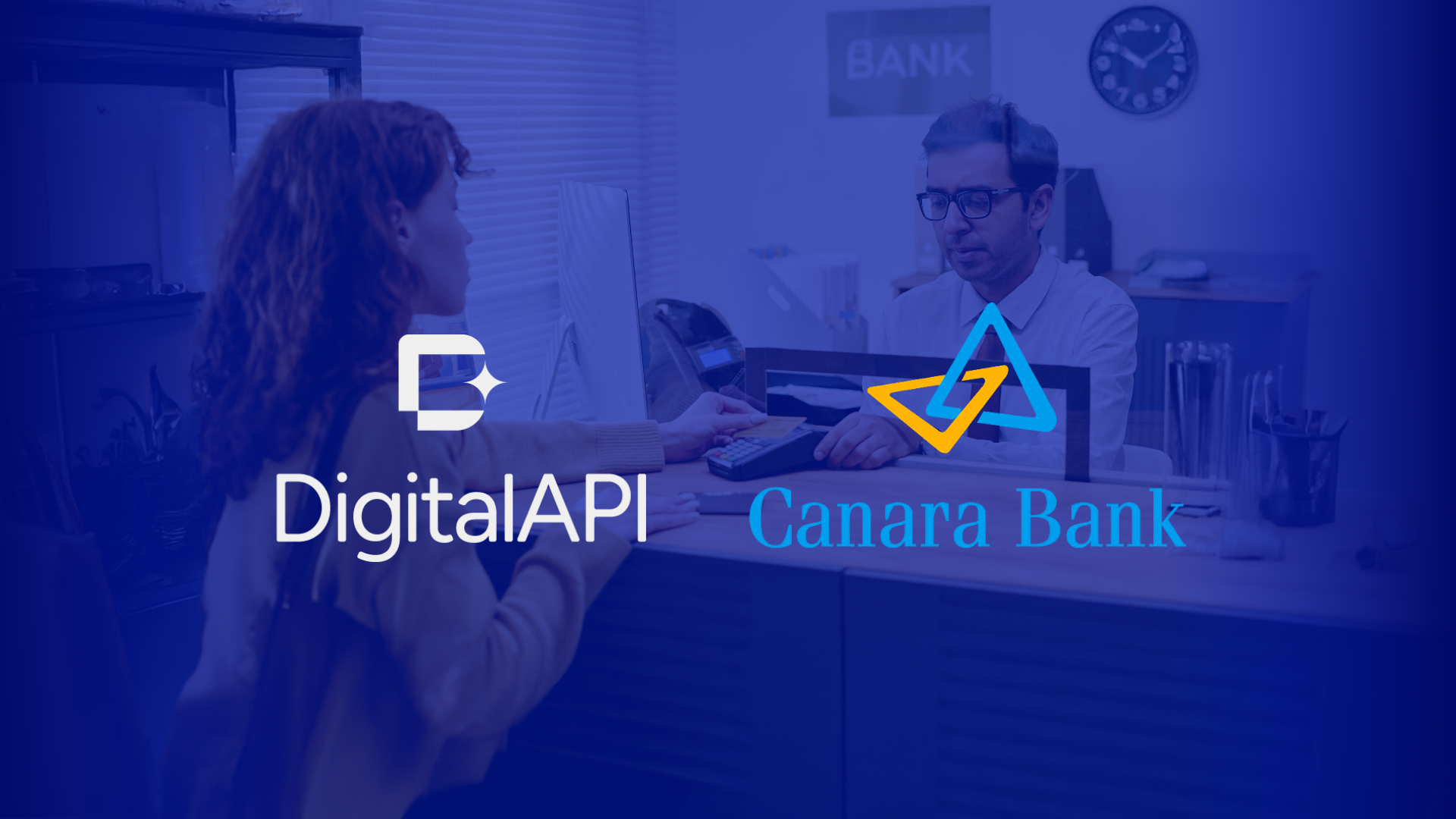Published:
August 31, 2025
How a leading global bank modernised 11K+ APIs and scaled open banking globally with DigitalAPI
.png)
A global bank, headquartered in London and serving over 40 million customers across 60+ countries, has long been recognised as one of the largest and most established institutions in banking and financial services. With a legacy dating back to 1865, the bank offers a wide range of services including retail, commercial, global banking, wealth management, and investment services. Today, its strategic priorities include simplifying operations, expanding into growth markets, scaling open banking, and driving a more digitally enabled and sustainable global future.
The Challenge
As the bank expanded its digital and open banking initiatives across multiple regions, internal complexity emerged as a major obstacle. One of the most pressing issues was the absence of a unified API portal. Internally, engineering and business teams across geographies operated in silos with no single source of truth for API discovery or documentation. Externally, developers and partners faced inconsistent experiences when attempting to onboard or integrate with the bank’s services.
The lack of a centralised sandbox environment further compounded the issue. Teams couldn’t simulate real-world interactions or validate APIs in a production-like setup, delaying adoption and increasing reliance on manual support. Additionally, managing documentation, versioning, and access controls across regions became a logistical burden, often leading to outdated information or fragmented workflows.
The bank also struggled to track API usage, maintain compliance across jurisdictions, and streamline reporting due to decentralised data and tooling. These inefficiencies were especially problematic as the institution expanded into markets like Hong Kong and Bahrain under open banking mandates. Without a cohesive platform to govern access, accelerate onboarding, and drive adoption, it risked falling behind at a time when agility was paramount.
Digital API’s Solution
To address this fragmented API landscape, Digital API implemented a unified API management layer spanning internal catalogues, external portals, and both open banking and wholesale sandboxes. Each layer was tailored to improve developer adoption, governance, and global scalability. Here’s how the solution was rolled out:
1. Unified discovery and onboarding across teams
Digital API launched an Internal API Catalogue that centralised over 11,700 APIs, supporting 4,000+ users across teams. With integrated SSO login, audit trails, and API publishing pipelines, the platform streamlined internal onboarding and API lifecycle management.
2. Simplified developer experience for external consumers
A new External API Developer Portal provided a cohesive interface for external developers to explore, test, and register APIs. It included sandbox integration, documentation, and analytics, enabling faster partner integration and reducing onboarding friction.
3. Open banking compliance across regions
Digital API’s Open Banking Sandbox enabled the bank to deploy OBIE-compliant solutions across the UK, EU, Bahrain, and Hong Kong. The sandbox supported secure DCR flows, AIS, CBPII, and PIS APIs, alongside well-known endpoints, meeting regulatory demands while enabling rapid prototyping.
4. Accelerated API testing for corporate use cases
The Wholesale Sandbox empowered enterprise API consumers to test APIs across seven key product categories using encrypted mock responses, ISO 20022 compatibility, and custom JSON schemas. This setup reduced manual QA and enabled faster iteration cycles.
Business Outcomes
With Digital API’s unified developer portals, internal catalogue, and sandbox infrastructure, the global bank modernised its API ecosystem to meet the demands of both open banking and commercial banking at scale. The platform enabled faster onboarding, stronger compliance, and developer self-service across global business units. Here’s how it delivered measurable outcomes:
- Streamlined over 11.7k+ internal APIs and onboarded 4,000+ users into a centralised catalogue with governance, audit, and publishing pipelines.
- Engaged 6,800+ external developers through a unified portal supporting sandbox testing, analytics, documentation, and secure registration.
- Enabled ~700,000 annual API calls across 45+ commercial APIs powering trade finance, treasury, virtual accounts, and BaaS.
- Facilitated faster testing and adoption for open banking and wholesale APIs via mock-based, production-like sandboxes.
- Improved developer productivity and partner onboarding with custom simulators, smart responses, and self-service test data.
- Strengthened compliance with TLS, PGP encryption, and JWT-based authentication, tailored for both internal teams and external partners.
- Enhanced visibility and control with project-level analytics, role-based access, and workflow support for enterprise-grade scale.
You’ve spent years battling your API problem. Give us 60 minutes to show you the solution.
.svg)

%20(1).png)

.png)

